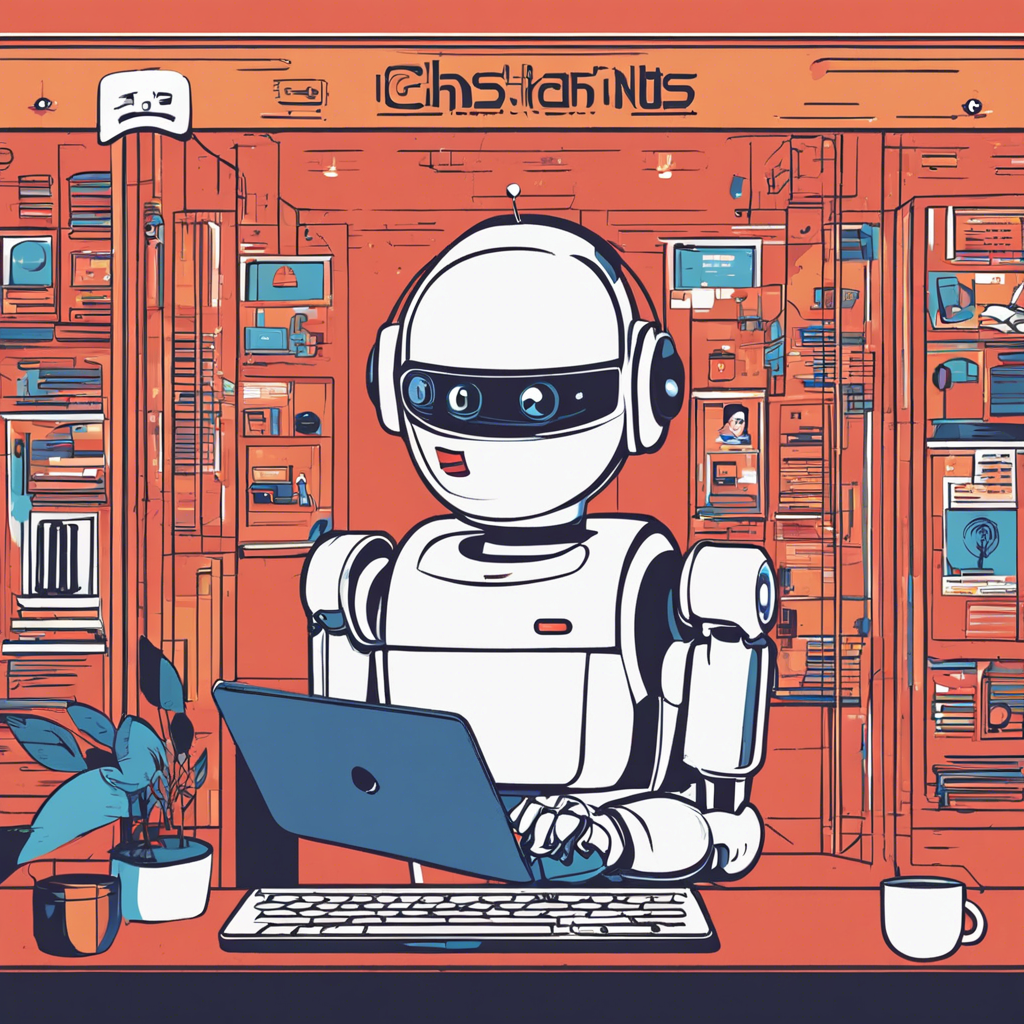Demystifying Deep Learning: A Simple Explanation
Deep learning is an artificial intelligence (AI) subset that has revolutionized the way machines interpret data, making it possible for them to learn and think like humans. This exciting technology enables machines to go beyond simply processing information and make complex decisions and predictions based on data inputs. At its core, deep learning involves the…









